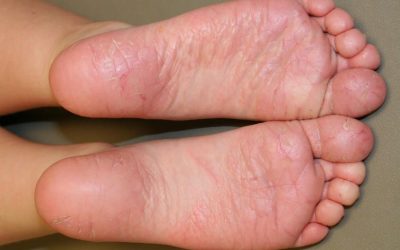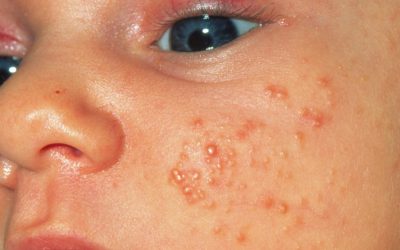Palmoplantar pustulosis
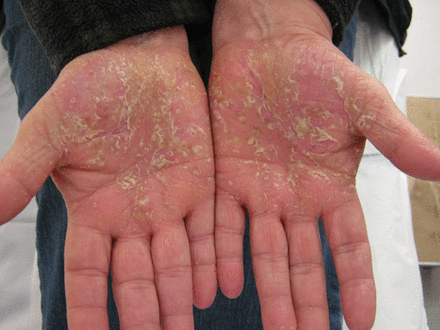
- It mostly occurs in women aged 40-69 and in smokers
- The manifestation of the disease is influenced by genetics, so it occurs more often in individuals whose relatives suffer from the disease
- Occurs more often in persons whose relatives and/or themselves suffer from psoriasis
- It can significantly worsen the quality of life, reduce working capacity
- The cause of the disease usually remains unknown
Risk factors
Although the exact cause of the disease is unknown, certain factors can lead to the development of this rare disease:
- smoking
- bacterial infections (chronic tonsillitis, sinusitis, dental infections)
- contact dermatitis (usually caused by metals)
- certain medications (biological therapy, other immunosuppressive drugs)
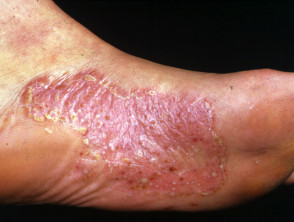
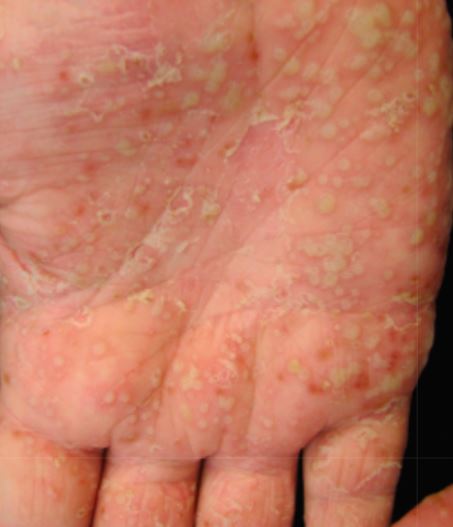
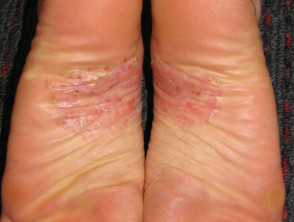

Palmoplantar pustulosis is characterized by:
- rash with regenerating vesicles filled with sterile fluid
- vesicles tend to merge into a red background
- after a few days, scaly, painful cracks appear
- itching, soreness, and a burning sensation are also characteristic
- localization: palms and soles
Diagnostics
Data from the patient’s interview and examination are usually sufficient to establish the diagnosis, in case of uncertainty, a smear can be taken from the vesicles to rule out a possible infection. In rare cases, a skin biopsy is performed.
Treatment
During the consultation, treatment is personalized for each patient. As there are no specific medications for this disease, a range of general treatment options may be considered:
- Topical treatments that help manage symptoms.
- Moisturizing creams and emollients.
- Medications that aid in skin renewal.
- Light-based therapy.
- A combination of skin renewal medications and light-based therapy.
- In more severe cases, where other methods are not effective, treatments that modulate the immune system might be used.
Prevention measures and useful tips
The following measures can help relieve the symptoms of Palmoplantar pustulosis and reduce the frequency of disease recurrence:
- quitting smoking
- skin protection from factors that cause contact dermatitis (avoiding a humid work environment, wearing gloves, using hygiene products intended for sensitive skin)
- avoiding stressful situations
- treatment of chronic infectious diseases (e.g., in case of chronic tonsillitis, consultation of an otorhinolaryngologist regarding the removal of tonsils)

Psoriasis
A common, chronic, inflammatory, recurring skin disease that affects 2-3% of the population. Psoriasis can start at any age, and is most often found in adults.
Juvenile plantar dermatosis
a disease characterized by localized damage to the feet. JPD usually occurs in children between the ages of 3 and 14 who are prone to atopy or have atopic dermatitis
Skin Conditions in Newborns: Causes, Symptoms, and Care Tips
Skin conditions like rashes, eczema, and cradle cap are common in newborns. Proper skin care is essential for managing and preventing these issues. Learn how to care for your baby’s delicate skin and address common skin conditions effectively.




